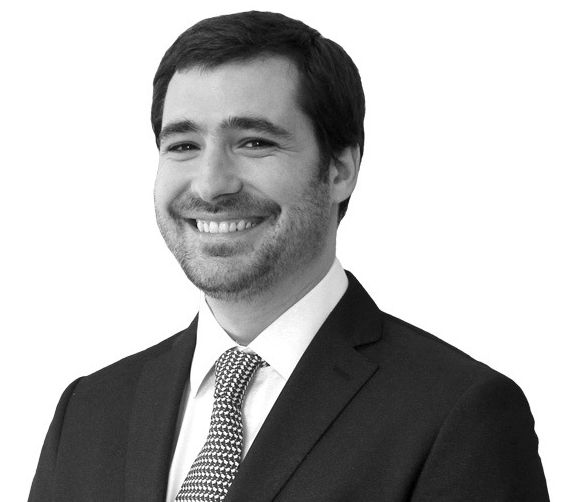The 10-largest broker/dealer (B/D) firms by assets under management (AUM) have 123,000 financial advisors and account for 58% of the total retail financial advisor industry. Fueled by a steady stream of mergers and acquisitions over the last decade, this top-heavy skew in the marketshare of AUM toward the largest firms underscores the need for scale to remain competitive in the marketplace, according to Cerulli’s latest Report, U.S. Broker/Dealer Marketplace 2023: The Challenging Pursuit of Organic Growth.
According to the research, over the last decade, one-fifth of the top-25 B/D firms by AUM as of 2012 have either been acquired or merged, reflecting the consolidation that has been characteristic of the B/D marketplace as firms are pressured to increase scale to remain competitive and maximize profit margins.
Very large B/Ds have leveraged their scale and their capital positions to outgrow their smaller counterparts with a five-year AUM compound annual growth rate of 8.4%, compared to large and medium-sized B/Ds with annualized growth rates of 6.6% and 6.9%, respectively.
The size and scale these firms offer make them attractive to financial advisors and to asset managers seeking shelf space.
“The advantages of scale for B/Ds include the ability to spread fixed investments in areas such as infrastructure, technology, and regulatory compliance across a larger advisorforce, which increases the return on those investments,” says Michael Rose, director.
It also provides B/Ds with leverage to maximize revenue from asset managers for distribution in its various forms, including revenue sharing, strategic marketing costs, and data packages. “Scale provides B/Ds with stronger negotiating power over asset managers that rely on B/Ds and their financial advisors to distribute their products, to include their offerings in B/D home-office models, or to select them within portfolios that advisors directly manage,” he adds.
Scale, however, is not a panacea for the many challenges that face B/D firms. “A growing number of advisors are demonstrating dissatisfaction with the bureaucracy associated with working for a large financial institution and are choosing alternative affiliation options, particularly hybrid RIA and independent RIA affiliation,” says Rose.
Cerulli recommends that B/D firms growing inorganically through M&A stay laser-focused on their firm cultures to ensure that their growth doesn’t have negative ramifications for advisor retention.




